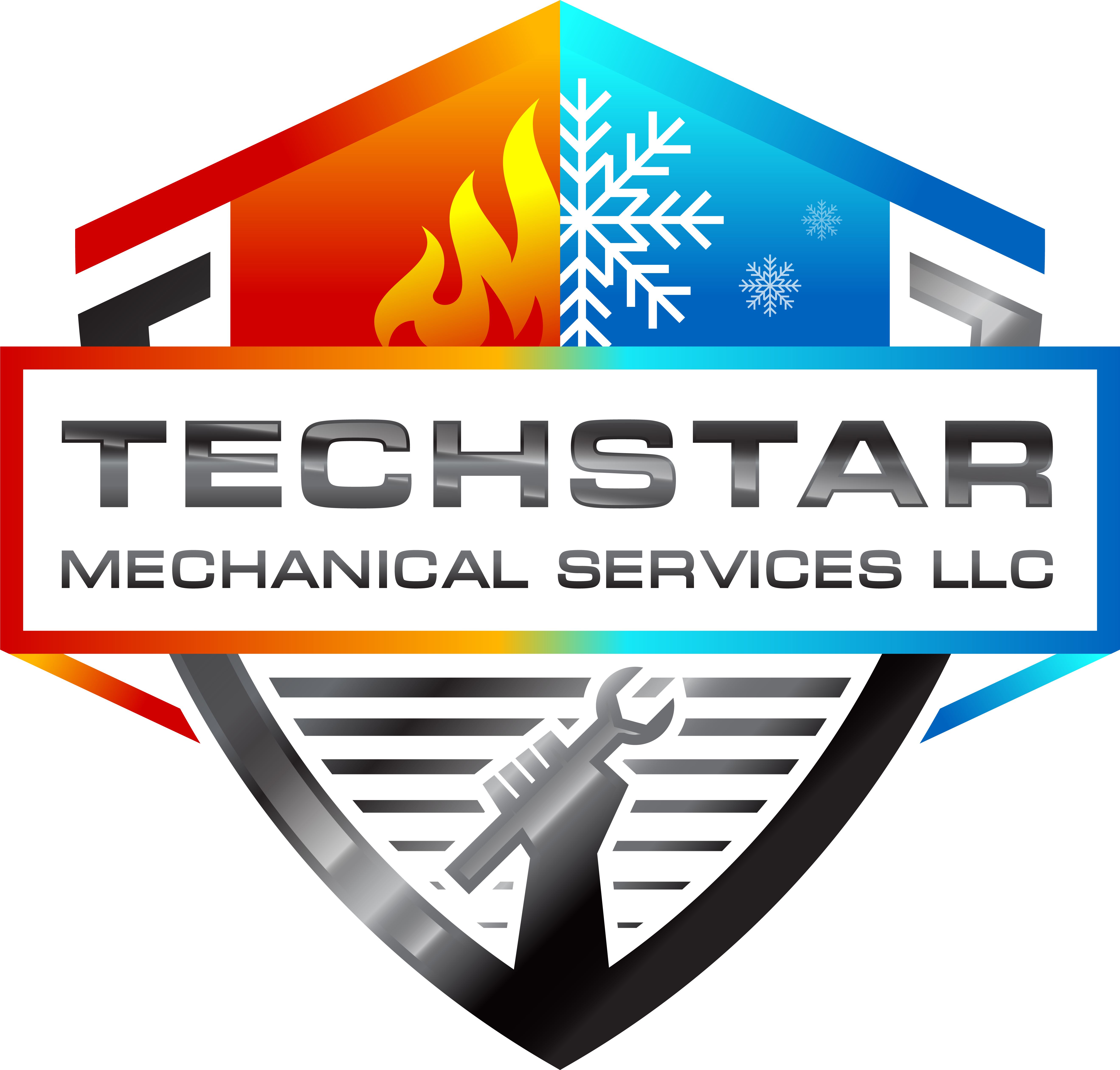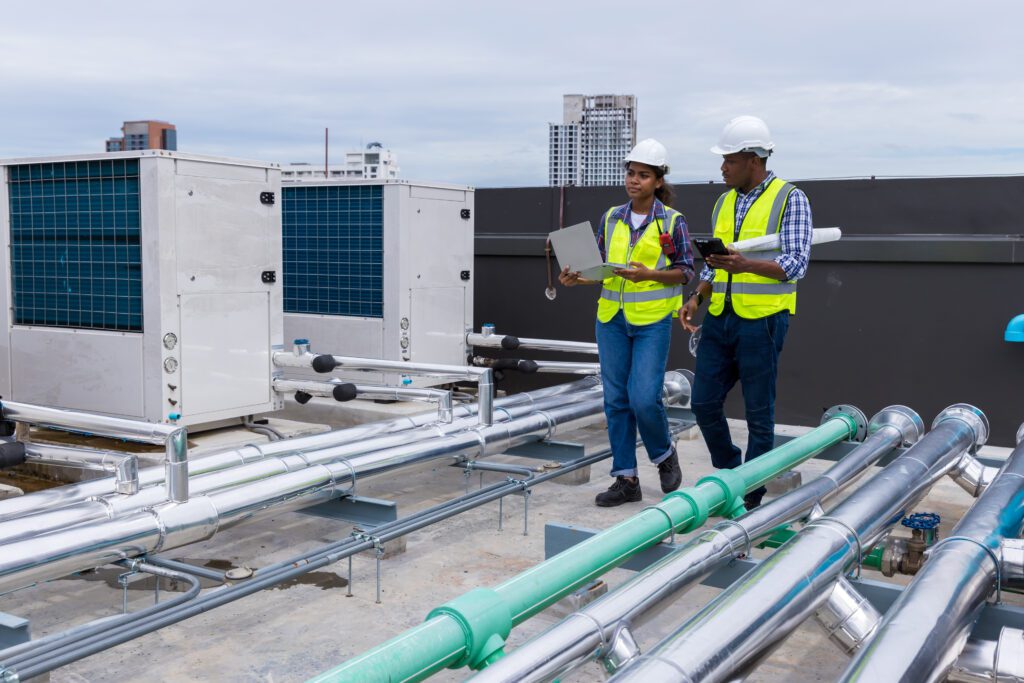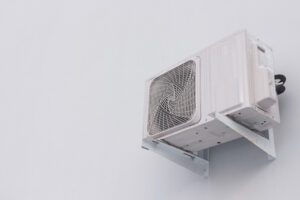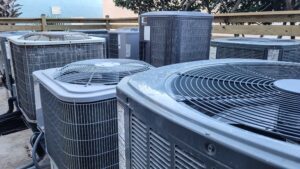As the days start to shorten and temperatures drop, it’s time for businesses to focus on preparing their HVAC systems for fall. Proper preparation is essential not only for comfort but also for the efficiency and longevity of the system. In this article, we will explore the importance of preparing your HVAC system for the fall season and outline the necessary steps and considerations involved in the process.
Understanding the Importance of HVAC Preparation for Fall
Preparation of HVAC systems for the fall is crucial to ensure they operate efficiently throughout the season. As the weather changes, the demands placed on HVAC systems shift, making it essential to adjust and inspect these systems accordingly.
The Role of HVAC Systems in Commercial Buildings
HVAC systems play a vital role in maintaining comfortable indoor environments in commercial buildings. They regulate temperature, humidity, and air quality, ensuring a safe and pleasant atmosphere for employees, clients, and customers. A well-functioning HVAC system not only enhances comfort but also boosts productivity, as studies have shown that employees perform better in environments that are thermally comfortable and have good air quality.
In many commercial settings, the HVAC system is also responsible for energy consumption. A well-functioning system can lead to lower operational costs while providing adequate heating and cooling performance. Additionally, modern HVAC systems are often equipped with smart technology, allowing for real-time monitoring and adjustments. This capability not only optimizes energy use but also provides valuable data that can inform future maintenance and upgrades, ensuring that the system remains efficient over time.
Why Seasonal HVAC Preparation Matters
Seasonal preparation for HVAC systems can prevent costly breakdowns. Many commercial buildings experience peak HVAC usage during both summer and winter months, which makes fall the perfect time to conduct maintenance checks. By addressing potential issues early, businesses can avoid disruptions in service and unexpected expenses. Regular maintenance tasks, such as changing filters, checking refrigerant levels, and inspecting ductwork, can significantly extend the lifespan of the system, ultimately resulting in lower replacement costs down the line.
Furthermore, preparing HVAC systems for fall can improve energy efficiency. An efficient system not only saves money on energy bills but also contributes to a more sustainable environment. As energy costs continue to rise and environmental concerns become more pressing, businesses are increasingly looking for ways to reduce their carbon footprint. Implementing energy-efficient practices within HVAC operations, such as utilizing programmable thermostats and ensuring proper insulation, can lead to significant reductions in energy consumption. This proactive approach not only benefits the bottom line but also aligns with corporate social responsibility goals, enhancing the company’s reputation in the eyes of stakeholders and customers alike.
Steps to Prepare Your HVAC System for Fall
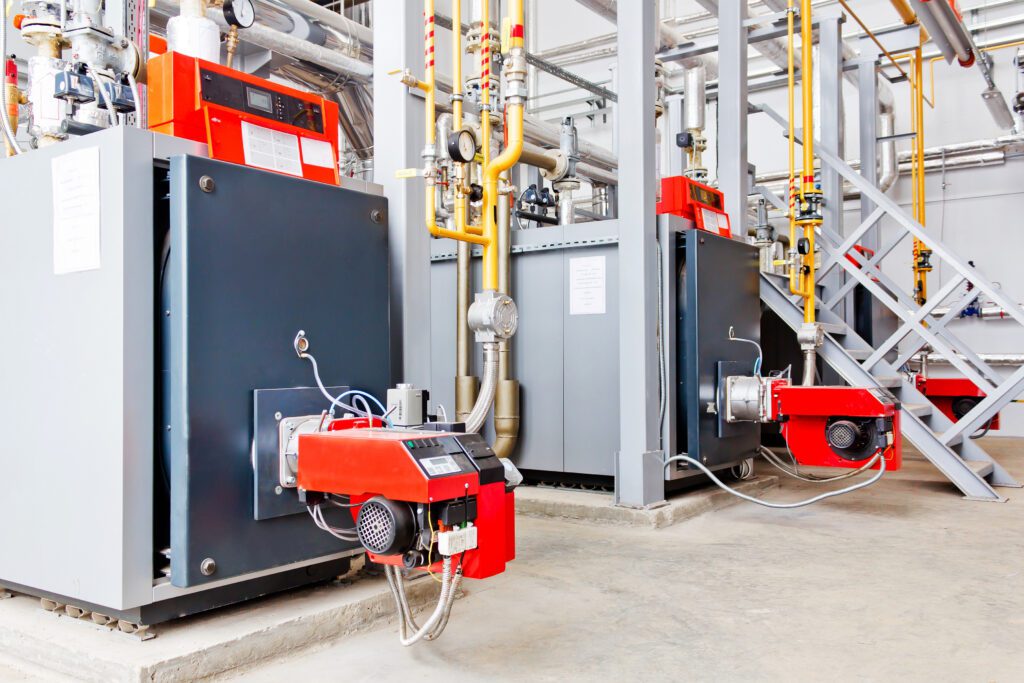
Preparing your HVAC system for fall involves several key steps that should be performed systematically to ensure comprehensive coverage. Taking proactive measures can result in significant benefits down the line.
Conducting a Thorough Inspection
The first step in preparing your HVAC system is to conduct a thorough inspection. This includes checking the system’s components, such as filters, ductwork, and thermostats. It’s important to look for signs of wear and tear or any irregularities that could impede performance.
During the inspection, pay close attention to air filters. Clogged filters can reduce airflow and increase energy consumption. It is advisable to replace or clean filters at least every three months, or more frequently if the system is under heavy use. Moreover, consider investing in high-efficiency filters that can trap smaller particles, improving indoor air quality significantly and providing a healthier living environment.
Cleaning and Maintenance Tasks
After the inspection, focus on cleaning and essential maintenance tasks. Dust and debris can accumulate in ducts and vents, which can decrease indoor air quality and system efficiency. Use a vacuum or a brush to remove dirt from these areas.
Additionally, clean the condenser and evaporator coils to enhance the system’s efficiency. A clean system not only runs smoother but also prolongs the lifespan of the equipment. Don’t forget to check the drain lines for clogs; a blocked drain can lead to water damage and increased humidity levels in your home. Flushing the drain line with a mixture of vinegar and water can help keep it clear and functioning properly.
Scheduling Professional Servicing
While some maintenance tasks can be performed in-house, scheduling professional servicing is a critical step in your fall preparation plan. HVAC professionals bring the expertise required to pinpoint hard-to-find problems and make necessary adjustments effectively.
During a professional servicing appointment, technicians can perform a thorough system evaluation and tune-up, ensuring your HVAC system is ready for the demands of fall and winter. Many providers offer maintenance packages specifically designed for seasonal preparation, making it easy to stay organized. Furthermore, a professional can check the refrigerant levels and inspect the electrical components, ensuring that everything is functioning optimally and safely. This proactive approach not only enhances performance but also helps in identifying potential issues before they become costly repairs.
Potential Issues to Watch Out for During Preparation
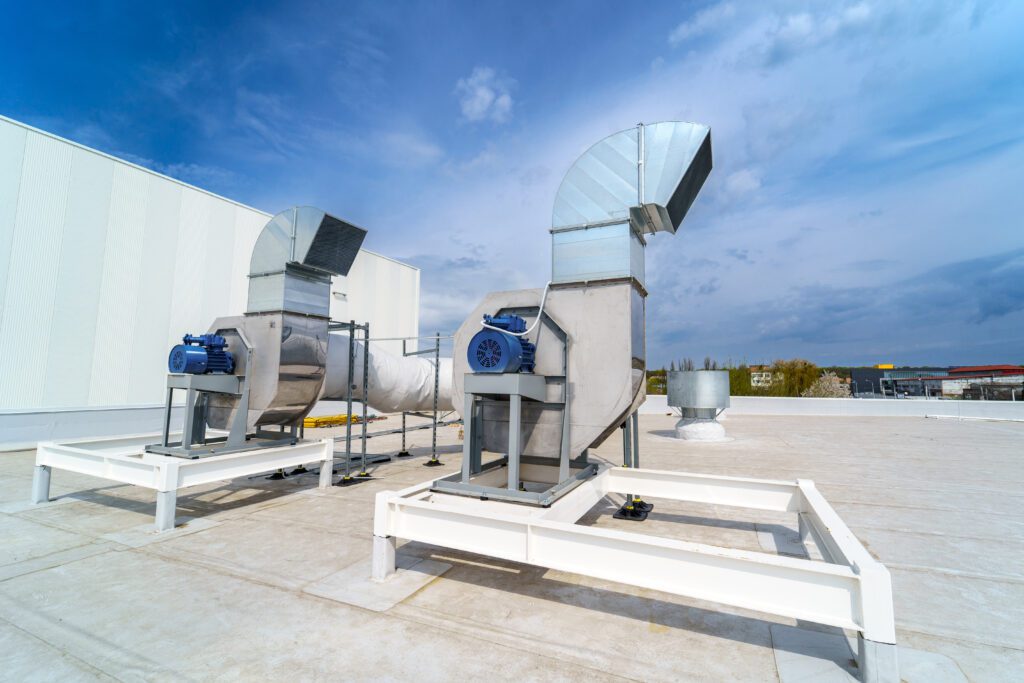
While preparing your HVAC system, it’s important to be mindful of potential issues that could arise. Being aware of these problems enables you to take corrective action before they escalate into bigger concerns.
Common HVAC Problems in the Fall
As temperatures drop, some common issues may become more evident. One prevalent problem is reduced heating efficiency, which may arise from neglected maintenance or aging components. Additionally, thermostat malfunctions can lead to improper temperature readings and erratic heating.
Another issue to keep an eye on is the development of strange noises, which may indicate mechanical inconsistencies. These noises could range from rattling or grinding to banging sounds, all of which deserve immediate attention. Ignoring these warning signs can lead to more severe damage, potentially resulting in costly repairs or even a complete system replacement.
Moreover, the accumulation of dust and debris in the ductwork can also become a significant issue during the fall season. As the HVAC system is turned on more frequently, these particles can restrict airflow, leading to decreased efficiency and poor indoor air quality. Regularly changing air filters and scheduling duct cleaning can help mitigate these problems, ensuring that your system operates smoothly and efficiently.
Preventing HVAC Breakdowns and Malfunctions
Preventing HVAC breakdowns involves proactive measures. Regular maintenance, as well as prompt repair of identified issues, can significantly minimize the risk of system failure.
Additionally, ensure that your commercial HVAC system is adequately sized for your building. An improperly sized system may struggle to heat or cool the space effectively, leading to increased wear and tear. It’s also essential to consider the age of your HVAC system; older units may not only be less efficient but could also be more prone to breakdowns. If your system is nearing the end of its expected lifespan, it may be wise to start budgeting for a replacement to avoid unexpected failures during peak usage times.
Furthermore, investing in a smart thermostat can enhance your HVAC system’s performance. These devices allow for better temperature control and can adapt to your schedule, optimizing energy use and reducing costs. By monitoring your system’s performance and making adjustments as needed, you can extend the lifespan of your HVAC unit while ensuring a comfortable environment throughout the colder months.
Energy Efficiency Tips for Your HVAC System in Fall
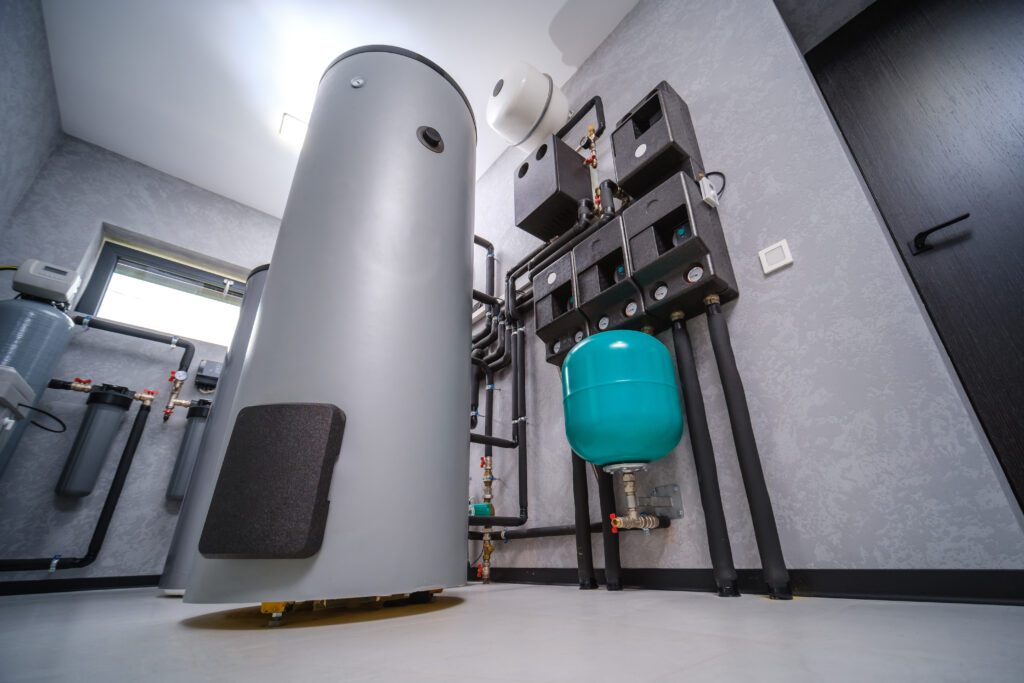
Improving energy efficiency is always a priority for businesses, especially during the fall. Implementing energy-saving strategies can provide significant cost benefits while also contributing to environmental sustainability.
Optimizing HVAC Settings for Energy Savings
One of the simplest ways to enhance energy efficiency is by optimizing your HVAC settings. During the fall, consider adjusting the thermostat setting to a slightly cooler temperature. A setting of around 68°F is generally comfortable yet efficient.
Additionally, how you use the system can affect overall efficiency. Encourage employees to report any drafts or temperature inconsistencies, allowing for timely adjustments and ensuring maximum comfort with minimal energy usage. Regular maintenance checks can also play a crucial role in optimizing system performance. Cleaning or replacing air filters and ensuring that vents are unobstructed will help the HVAC system operate more smoothly, reducing energy consumption in the long run.
Implementing Energy-Efficient Practices
Beyond adjusting settings, businesses can adopt energy-efficient practices to support their HVAC systems. Utilizing programmable thermostats allows for customized temperature settings that match building occupancy, reducing unnecessary energy expenditure.
Moreover, investing in energy-efficient lighting and window treatments can help manage indoor temperatures effectively, further supporting HVAC efficiency and reducing the workload on the system. For instance, installing energy-efficient windows can significantly reduce heat loss during the cooler months, while heavy drapes or thermal blinds can provide additional insulation. Furthermore, consider conducting an energy audit to identify specific areas where improvements can be made, such as sealing leaks around doors and windows or upgrading to a more efficient HVAC unit. These proactive steps not only enhance comfort but also lead to substantial savings on energy bills over time.
The Long-Term Benefits of Proper HVAC Preparation
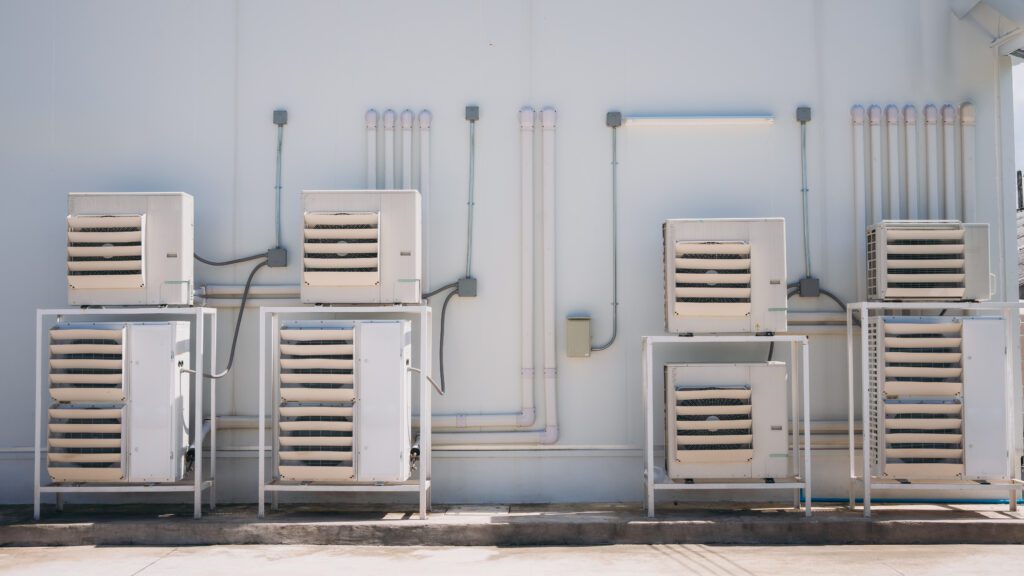
Proper HVAC preparation offers numerous long-term benefits that can significantly impact the operation of any commercial building. Investing time and resources into the system often pays off in efficiency and comfort.
Extending the Lifespan of Your HVAC System
Consistent maintenance and timely preparation can greatly extend the lifespan of your HVAC equipment. By identifying and addressing issues early, businesses can avoid costly replacements and extend the practical life of their systems.
Additionally, maintaining an efficient system reduces energy consumption, which also contributes to prolonging various components’ lifespans. Companies can enjoy the benefits of reliable heating and cooling solutions for years to come. Regular inspections, filter changes, and duct cleaning not only enhance performance but also minimize wear and tear, allowing the system to operate at optimal levels. This proactive approach can lead to significant savings over time, as businesses can allocate funds that would have otherwise gone to emergency repairs or premature replacements.
Ensuring Comfort and Air Quality Throughout Fall
Finally, proper preparation of your HVAC system ensures a comfortable and healthy indoor environment. By maintaining quality air and consistent temperature levels, businesses can support the well-being and productivity of employees.
Moreover, the importance of indoor air quality cannot be overstated, especially as the seasons change and outdoor pollutants can infiltrate indoor spaces. Implementing air purification systems and ensuring that ventilation is adequate can help mitigate allergens and other harmful particles, fostering a healthier workspace. This is particularly vital during the fall months when allergens such as mold and dust mites are prevalent. By prioritizing air quality, businesses not only comply with health regulations but also create a more inviting atmosphere that can enhance employee morale and retention.
